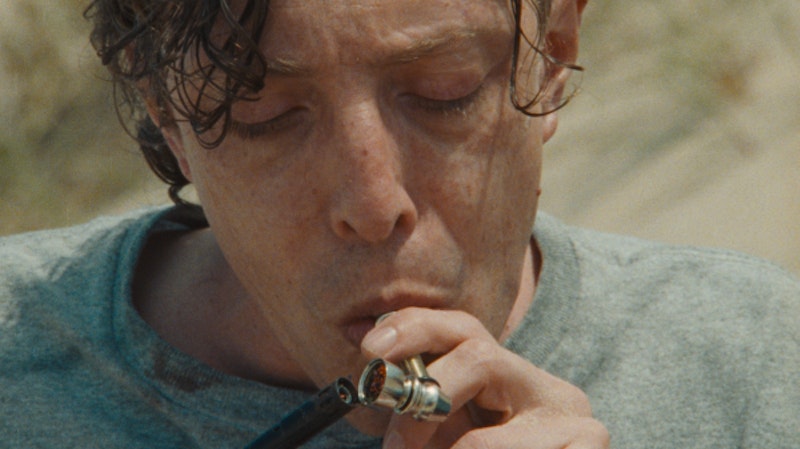Indiana Jones and the Temple of Doom: This 1984 Steven Spielberg movie is the reason the MPAA “PG-13” rating exists: along with Joe Dante’s Gremlins (a Spielberg production) they were heavily criticized in North America and the United Kingdom for their violence and intensity. These were PG movies with mass death, explosions, total chaos, and, at least in Temple of Doom, a profound nastiness and remarkably backward worldview. The second Indiana Jones movie starts at full tilt and doesn’t let up for two hours, a shrieking rollercoaster that’s hardly ever fun or exciting. Karen Allen is gone, replaced in this prequel by the hysterical Kate Capshaw, Spielberg’s eventual wife playing one of the most misogynist caricatures in a major 1980s American film.
Even more than Raiders of the Lost Ark, Temple of Doom follows its Saturday morning serials to a tee, streamlining and improving their action along with their imperialistic politics and assumptions. One doesn’t expect cultural sensitivity or awareness in a 20th-century American film, especially a 1980s blockbuster, but Temple of Doom is so one-note, so dumb, and so hideous in its infantile delirium that it still fails despite being expertly made. On a technical level, Spielberg can’t make a bad movie—there are a number of extraordinary compositions in Temple of Doom, like when the camera follows the heroes in a slow boat down a river, ending on the out of focus legs of an approaching “hostile.” Again, forget the Atlanta Braves, forget the Tomahawk Chop: in Temple of Doom, the villains eat chilled monkey brains, wear nothing but loincloths and bones around their necks, and face paint. They proceed to fall off cliffs, get crushed by crocks, shot, dismembered, and blown up. All so Indiana Jones can “liberate” a precious stone.
So, so dumb, and so boring—Temple of Doom isn’t even interesting as a window into Spielberg’s sensibility or personality.
Vulcanizadora: The best movie I saw at the New/Next Film Festival last weekend in Baltimore. Joel Potrykus’ fifth feature follows two friends (Potrykus and Joshua Burge) on a hike as they follow through on “a disturbing pact,” as the program notes said. No further information is necessary, and I’d never go beyond that describing the movie to anyone who hasn’t seen it. But given the poster, I feel safe in saying that, broadly, Vulcanizadora is a mix of Kelly Reichardt and Saw. It’s very funny, too, and Burge emerges as a major force, an actor I’ve seen before but never in the lead, and his face is just astonishing—watching him, you want him in this movie, that movie, character parts in blockbusters, everything.
I was also excited and encouraged that Potrykus described his production group, Sob Noisse, as a “filmmaking band”—I’m relieved that someone, anyone, is making movies this way.
3 Women: Monday night, the day after New/Next ended. Robert Altman is the greatest and most advanced American director who ever lived, and this is one of his masterpieces. Up there with Nashville? Up there, sure, but not equal—none of them are. But 3 Women sits alongside California Split and The Long Goodbye, with McCabe & Mrs. Miller just one down to make five 1970s masterpieces. Never too consistent, Altman made up for some mediocre and bad movies with an approach to cinema that has yet to be furthered. Synthesizing documentary and Hollywood genre, mesmerizing movies full of astonishing images matched by their quilted soundtracks full of stray dialogue and half-heard mumbles that don’t need to be understood literally; by submerging the audience into ambient sound, Altman approaches the grandeur and promise of the late silent films.
—Follow Nicky Otis Smith on Twitter and Instagram: @nickyotissmith

